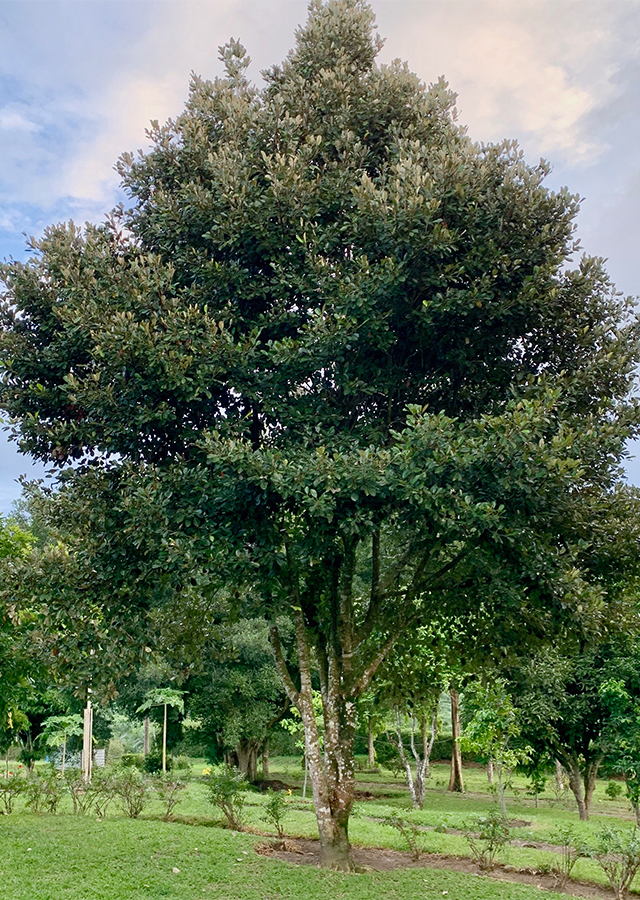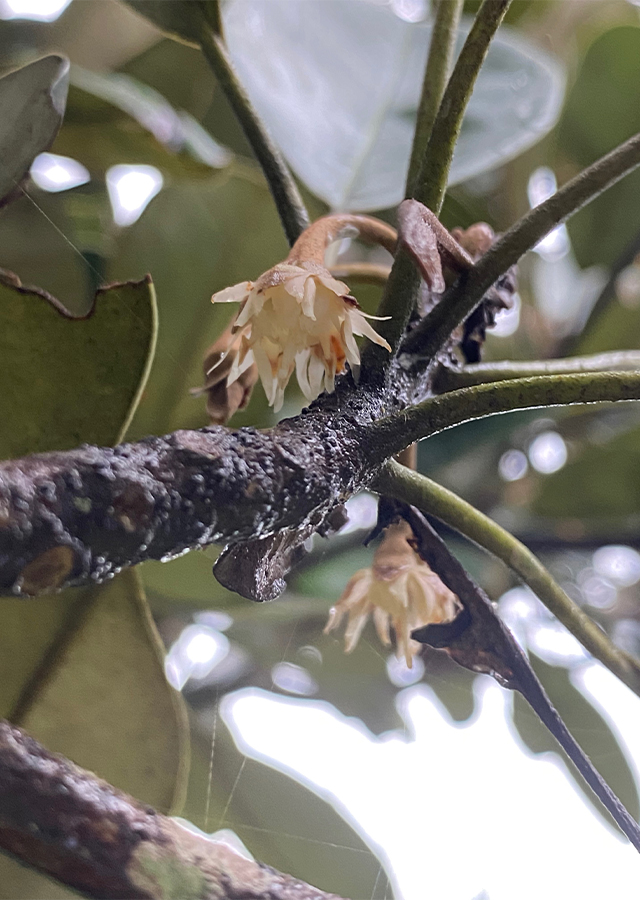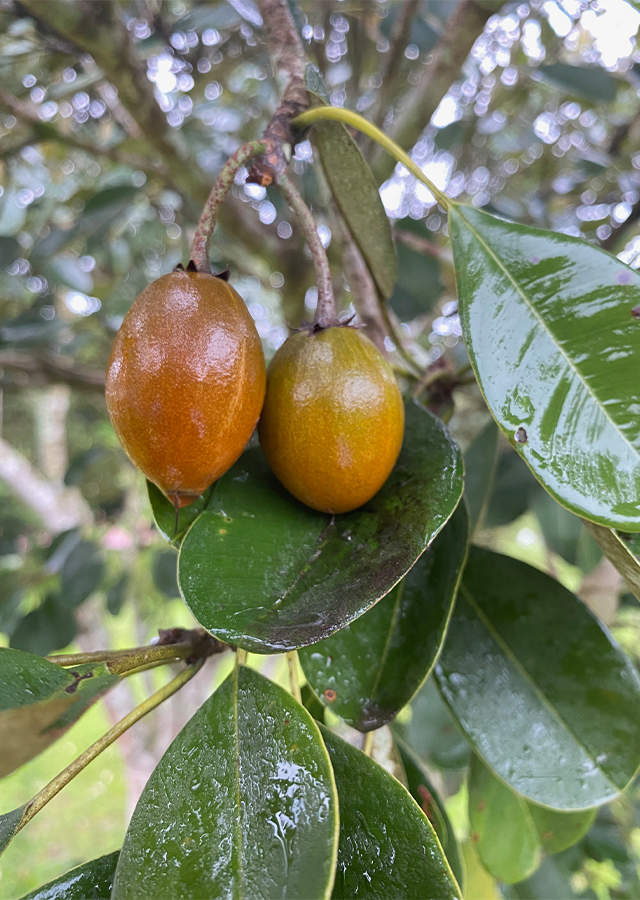Traditional Herbs from Manilkara kauki
overcoming_mouth_inflammation
- Prepare sapodilla fruit. Wash thoroughly with running water. Drain the fruit. Cut into small pieces.
- Boil the ingredients in 2 glasses of water for 10 minutes.
- Use the concoction to gargle."] ,"diarrhea
- Wash the sapodilla fruit thoroughly.
- Cut 1 sapodilla fruit into small pieces.
- Eat with enough salt or without salt.
What is Manilkara kauki Looks like??



Parts of Manilkara kauki that could be used
Manilkara kauki Distribution
Sawo kecik comes from Southeast Asia. Spread across Burma, Indo-China, Thailand, Peninsular Malaysia, all parts of Indonesia (except Kalimantan), Papua New Guinea and North-Eastern parts of Australia. Generally used as a shade plant, producing wood for household utensils and crafts. The fruit can be processed into syrup or drinks.
Agroecology of Manilkara kauki
It grows well in the lowlands up to an altitude of 300 m above sea level with flat, sloping or sloping contours, but not on steep slopes. Rainfall is between 1,286-1,866 mm/year, soil pH is between 6-7.
Morphology of Manilkara kauki
- Taproot.
- The woody stem is round.
- The leaves are ovate, the tip of the leaf is blunt, the base of the leaf is tapered, the veins are pinnate, the lower surface of the leaf is whitish and smooth.
- The flowers are compound, androgynous, the buds oval-shaped.
- The fruit is oval, small in size about the size of a quail egg, the skin is very thin and peels easily, when ripe it is red and sweet but sometimes tastes a bit astringent.
Cultivation of Manilkara kauki
- Generative (seed) and vegetative (grafting) propagation.
- Before sowing, the seeds are soaked in cold water for 4 x 24 hours (96 hours) first to stimulate germination and break dormancy.
Manilkara kauki, more details :
Chemical Content of Manilkara kauki
Leaves: myricetin, quercetin, kaempferol, monoterpenes, squiterpenes, riboflavin, saponins, alkaloids, tannins and niacin. Bark: triterpenoids, phenolics and flavonoids.
Benefits of Manilkara kauki
Relieves diarrhea, lowers high blood pressure, lowers cholesterol, improves bowel movements, softens the skin, eliminates body odor, treats worms, treats inflammation of the mouth.
Simplisia of Manilkara kauki
Not yet available
Another Facts for Manilkara kauki :
Synonym of Manilkara kauki
Achras mammosa� Sieber ex A.DC., Imbricaria malabarica� Poir., Kaukenia kauki� (L.) Kuntze
Habitus of Manilkara kauki
Tree. Annual tree, up to 30 m high
Habitat of Manilkara kauki



No comments:
Post a Comment